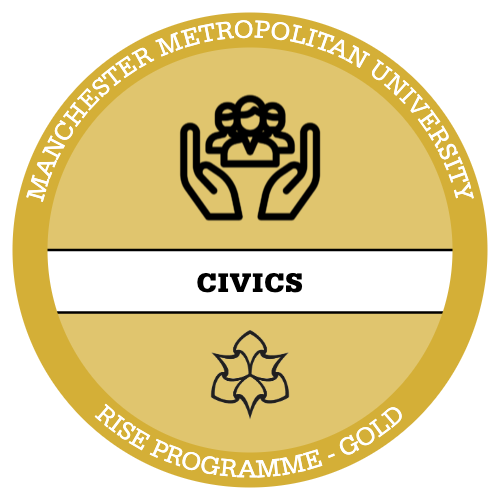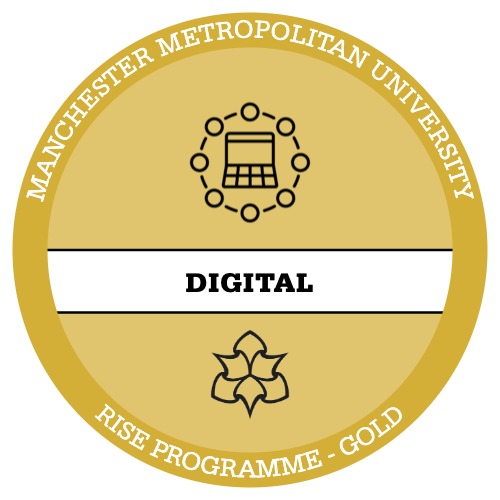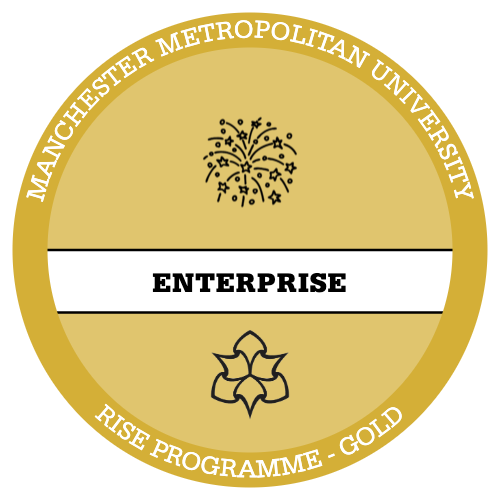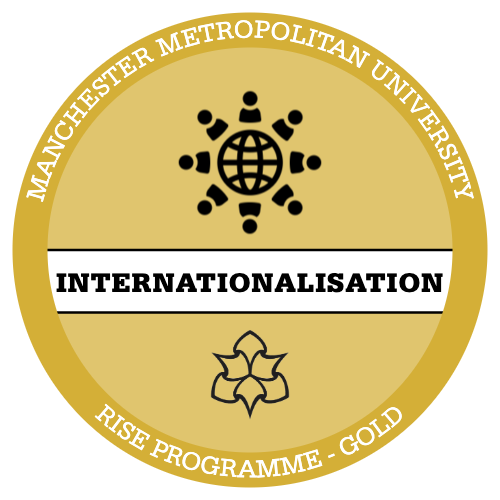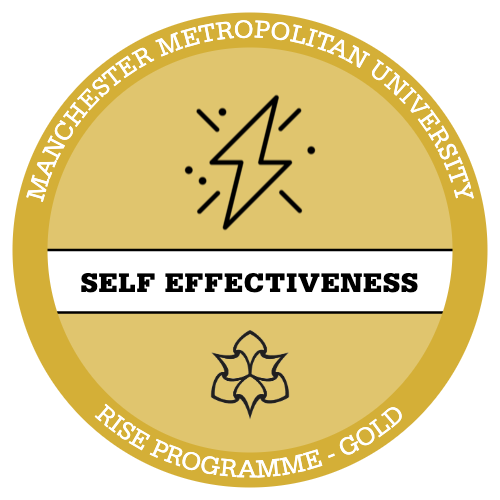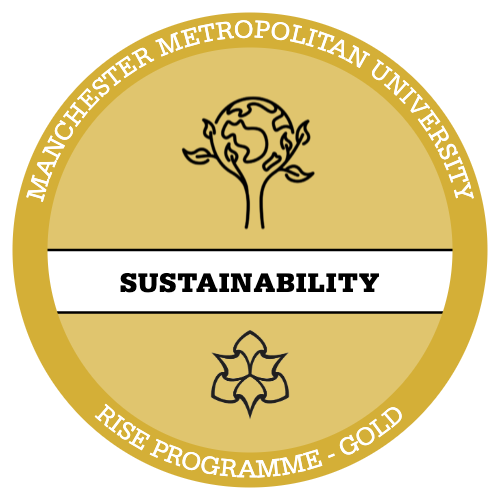Introduce
Physical development (PD) is the growth and development of both the brain and body in infancy and early childhood.
Early Movers
Physical development includes more than just exercise; it involves changes in body size, proportions, motor skills, and perception. This broader view expands on the traditional perspective shaped by P.E. classes, where physical development is often seen solely as exercise or physical activity.
Physical development also emphasises body awareness—understanding the body’s movements, capabilities, and functions. In early years settings, the focus is not only on improving children’s motor skills but also on teaching them how to keep their bodies healthy, fostering lifelong habits such as proper nutrition, hydration and rest.
This holistic approach encourages children to understand their bodies, promoting not just movement, but a mindful, informed approach to physical health that will support their development throughout life.

Physical development lays the foundation for learning, health and wellbeing. Being physically active as a young child increases the likelihood of maintaining an active lifestyle later in life. This sets a positive health trajectory, promoting long-term physical wellbeing and reducing the risk of chronic diseases. Encouraging early physical activity is crucial for establishing healthy habits and also impacts greatly on early literacy and the social, emotional, and cognitive development of children.
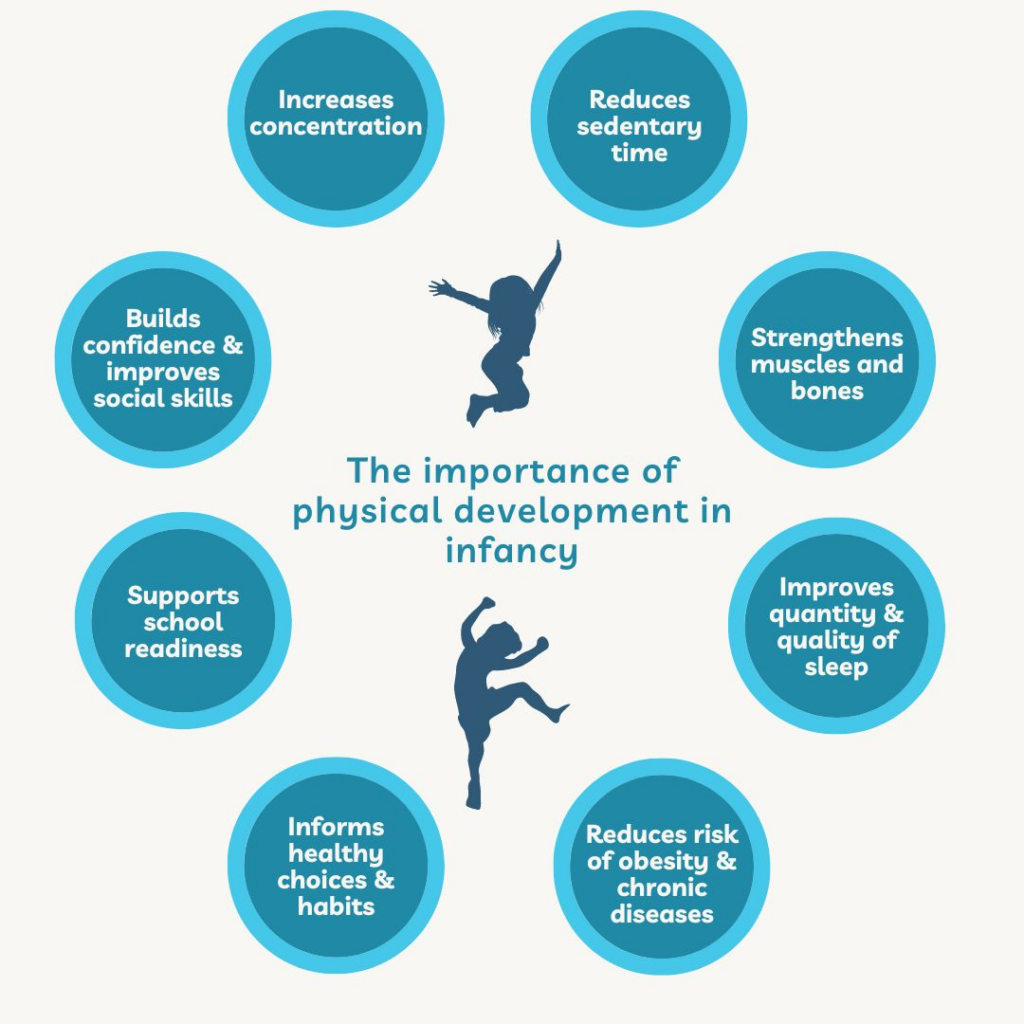
Image source: Lorna Colter
Develop
The Under-5s age group encompasses a very wide range of physical capabilities. The recommended amount of daily physical activity will vary depending on age and developmental stage of the child.
The Chief Medical Officer’s Physical Activity Guidelines (2019) provide specific recommendations for the early years, emphasising the importance of supporting physical development in children who are inactive and therefore missing out on opportunities for physical, mental, and emotional growth.
The guidelines are summarised in the following infographic:
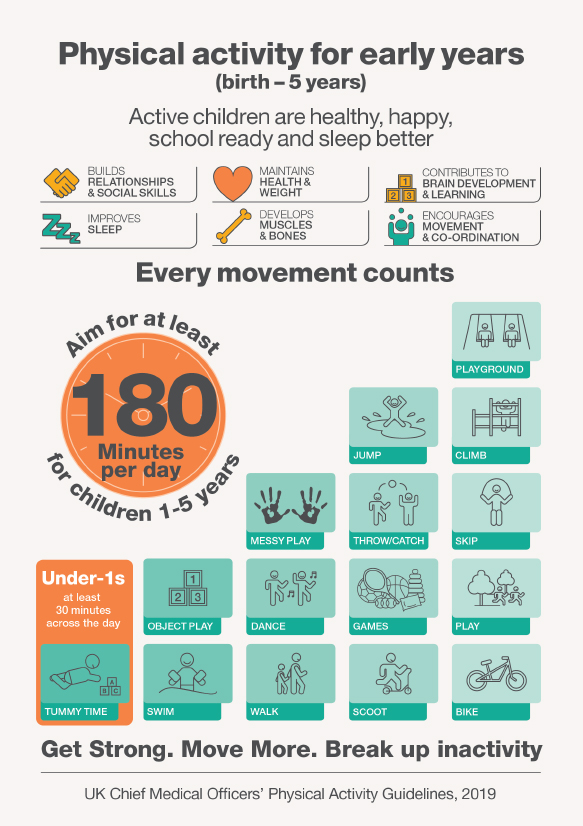
Reflect
Stop and Reflect: Consider how practitioners and environments can support and encourage physical development in the early years with the following questions:
– In what ways might early years settings and services create environments that support physical activity and overall health & wellbeing?
– How could families be involved to promote physical activity and healthy habits at home?
– What professional development or further learning could support your understanding of physical development in the early years?

